Geoscience Reference
In-Depth Information
ground anchors. For a proper behaviour the reinforcement must fit the soil type and
state (compacted). A new potential method to strengthen soils uses biotechnology
(cementation by bacteria), see Chapter 13.
One can imagine that there are many ways to determine the stability, since the
earth-retaining structure may be stiff or flexible, the soil may be undrained or
drained, and the soil-structure interface may contribute by (positive or negative)
friction. Three methods are discussed: Coulomb's method for solid walls, Blum's
method for sheet-pile walls, and stability aspects of soils reinforced by strips. For
other structures, reference is made to codes of practice and literature.
Q
Figure 11.2 Some failure modes of gravity walls
A
GRAVITY WALLS
The state of the wall itself has first to be checked, i.e. forward sliding, bearing
capacity at the base, settlement, tension failure in joints, and total rotational sliding
(Fig 11.2). The horizontal thrust
Q
has to be provided by the wall weight induced
friction at the foot. A common safety factor for these failure modes is 1.5.
W
W
H
H
Q
Q
R
R
L
L
(a) passive state (b) active state
Figure 11.3 Coulomb's method
The horizontal soil pressure at gravity walls can be determined by the stability
analysis after Coulomb that assumes dry cohesion-less soil and a straight slip
surface (Fig 11.3). Equilibrium in horizontal and vertical direction yields
Q =
R
sin(
H
2
/2tan
H
2
4
) and
W = R
cos(
4
), and with
W =
,
one obtains
Q =
tan(
. The plus sign in the equations refers to the passive state and the
minus sign to the active state. Coulomb showed that the most unfavourable
position of the slip surface can be found by posing
dQ/d
4
)
/
2tan
=
0. The solution is
=
(
/4
4
/2) and the corresponding thrust becomes
H
2
tan
2
(
K
i
H
2
Q =
½
/4
4
/2) = ½
(11.1)
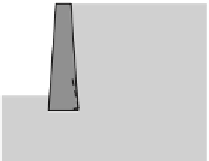























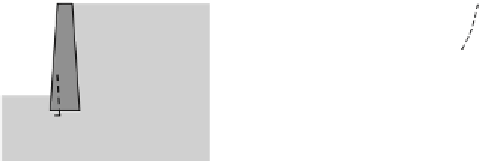






















































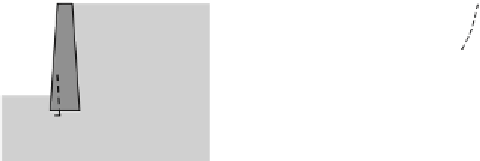






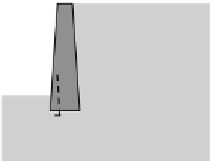







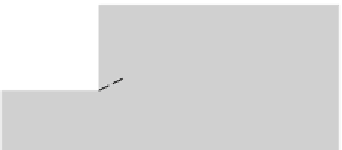














































Search WWH ::

Custom Search